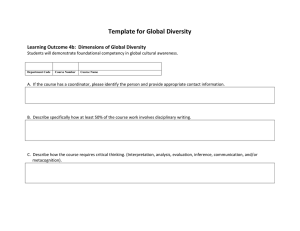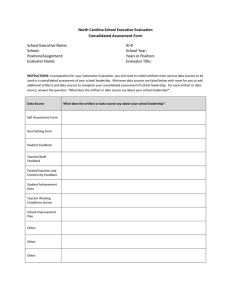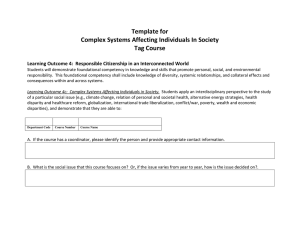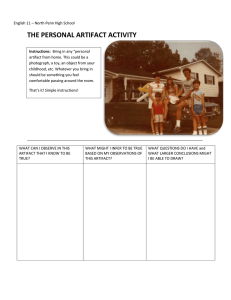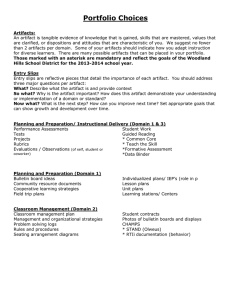US Diversity Template
advertisement
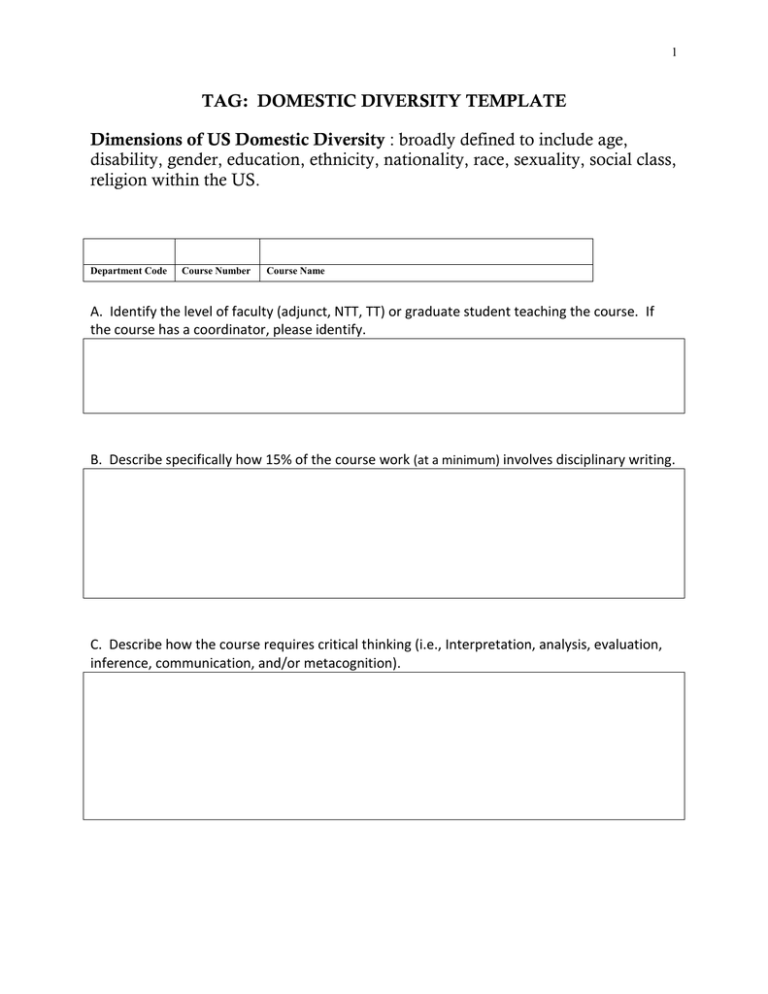
1 TAG: DOMESTIC DIVERSITY TEMPLATE Dimensions of US Domestic Diversity : broadly defined to include age, disability, gender, education, ethnicity, nationality, race, sexuality, social class, religion within the US. Department Code Course Number Course Name A. Identify the level of faculty (adjunct, NTT, TT) or graduate student teaching the course. If the course has a coordinator, please identify. B. Describe specifically how 15% of the course work (at a minimum) involves disciplinary writing. C. Describe how the course requires critical thinking (i.e., Interpretation, analysis, evaluation, inference, communication, and/or metacognition). D. Complete the table of how the course will address the specifics of the learning outcome: Learning Outcome Description i ii. Identify multiple perspectives on cultural difference within the US Articulate how dimensions of diversity such as race, ethnicity, gender, and/or national origin are socially constructed. Articulate how iii. diversity impacts the creation, acquisition and application of knowledge iv. v. Use knowledge of diverse perspectives to inform decisions and/or solve problems. Describe interrelationships of dimensions of diversity. Describe how the Course addresses each outcome D. Learning Artifact(s). These student-produced artifacts will be used for formative assessment of the effectiveness of the General Education program. Therefore, you should select a primary artifact that meets as many of the learning outcomes identified on the template as possible, including critical thinking and written communication. You may identify secondary artifacts if necessary. Examples of learning artifacts include: course portfolio, comprehensive exam, lab report, project, etc. Artifact Describe the artifact, identify which learning outcomes it addresses and how it does so Primary Secondary (only if needed) E. How will the artifacts be collected and archived? (Springboard submission, hard copies scanned, etc.) F. Attach syllabus that includes learning outcomes and identifies the student artifact(s) to be collected. G. Attach material given to students for learning artifact(s), for example, the description of the assignment or a copy of exam questions.
